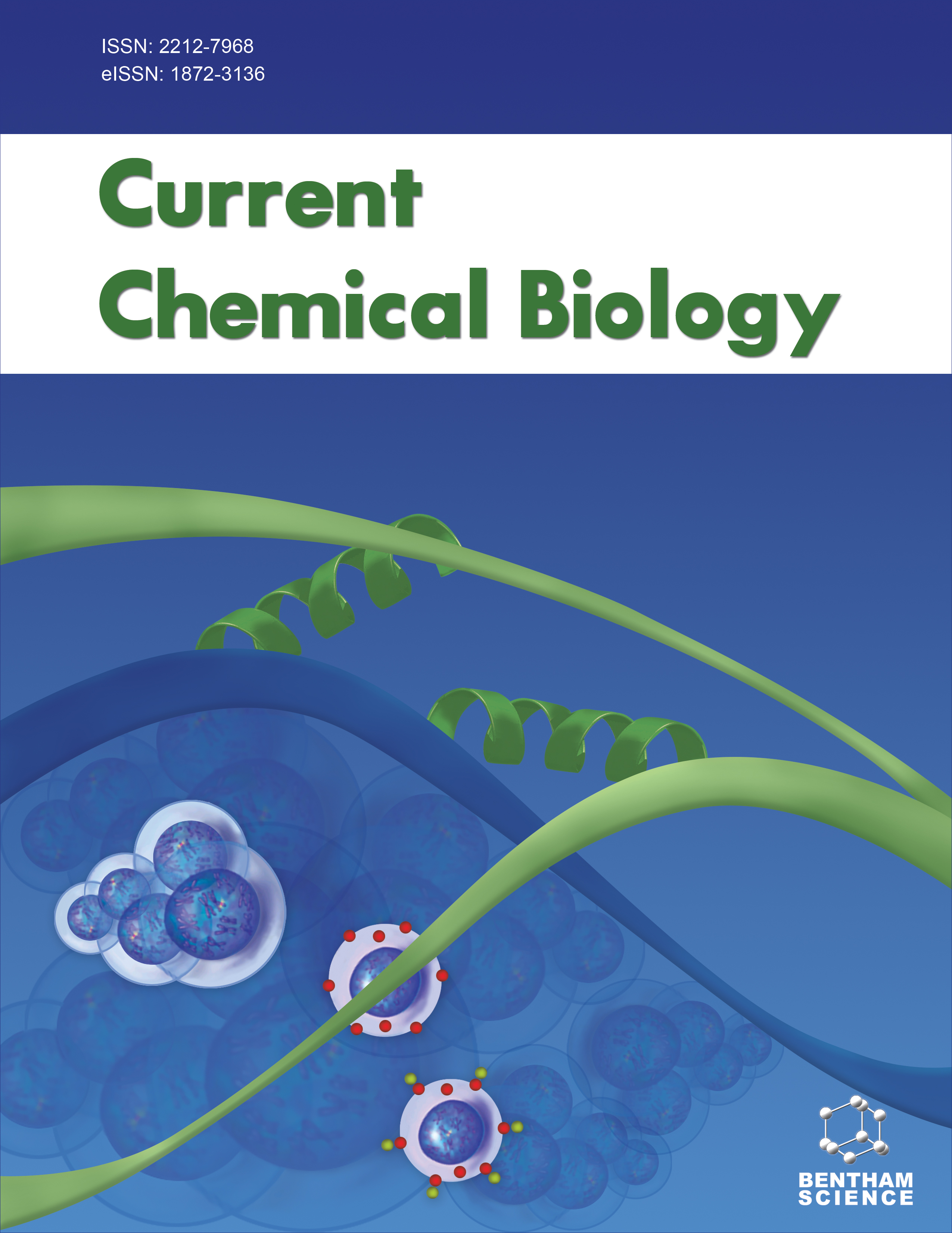
Full text loading...
We use cookies to track usage and preferences.I Understand
Leukemic stem cells are considered to be the main cause of treatment failure and disease recurrence due to their resistance to most common therapies. Apoptosis induction is one of the highly effective methods for treating cancer. Ciprofloxacin is among the compounds whose antitumor effects have been confirmed.
In this study, we investigated the anti-proliferative effect and induction of apoptosis by one of the derivatives of this family called 1-Cyclopropyl-6-fluoro-7-[4-(2-{[(1R,2S,5R)- 2-isopropyl-5-methylcyclohexyl]oxy}-2-oxoethyl)-piperazin-1-yl]-4-oxo-1,4-dihydroquinoline-3-carboxylic acid (ICH-CP) on NB4 cell line as an in vitro model of Acute promyelocytic leukemia (APL). NB4 cells were treated using the ICH-CP combination in various concentrations.
The viability of NB4 cells was evaluated by MTT assay, and their morphology of apoptosis was examined by fluorescence microscopy. Flow cytometry and Annexin V/PI staining were used to quantify apoptosis. Finally, the expression of three genes, Bax, Bcl-2, and Survivin was inquired by real-time PCR.
According to the results, ICH-CP was able to destroy about 60% of NB4 cells in a dose and time-dependent manner. Light microscopy and fluorescence microscopy studies on treated cells confirmed the induction of apoptosis. Also, the real-time PCR analysis showed that ICH-CP induces apoptosis in the NB4 cell line via the down-regulation of Survivin and Bcl-2, in contrast to the up-regulation of the Bax gene.
Based on the present data, it seems that the novel compound can be a good candidate for the treatment of acute myeloid leukemia. Furthermore, it is recommended to evaluate the qualification of ICH-CP as an adjunctive agent for other cancer cell lines.

Article metrics loading...

Full text loading...
References


Data & Media loading...

